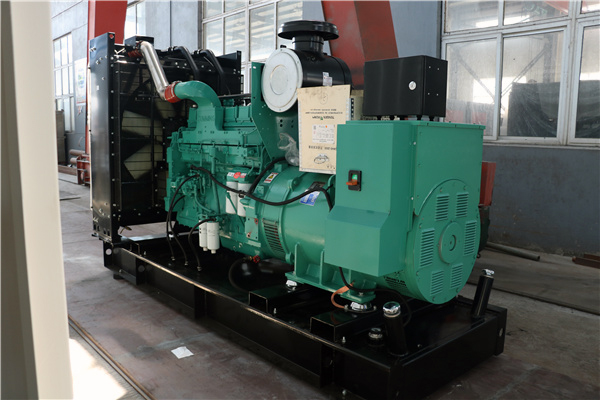1. the reason why
(1) High oil pressure will also cause oil leakage on the static joint surface. The use of sealing adhesive, sealing, leakproof, fastening and blocking the role of gap to prevent leakage of oil.
(2) The quality of purchased or self-made paper pad is not required.
If the thickness is not enough, or improper storage, wrinkle deformation, or assembly does not pay attention to cleaning, with dust and impurities, these are the cause of oil leakage.
(3) the quality of static joint surface itself.
It is mainly determined by the accuracy of the processing equipment itself and the storage and transportation conditions. If the equipment is of high accuracy, the flatness and roughness of the static joint surface can meet the design requirements of the drawings, and pay attention to prevent collision in the process of storage and transportation, it is not difficult to achieve the complete sealing of the static joint surface. However, due to the low equipment precision and technological level of some manufacturers, storage and transportation conditions and management level can not completely guarantee no knock and scratch.
(4) Poor operation skills during maintenance.
At present, most diesel generators belong to spare enterprises, so they are mainly self-repair. Because the repair technology level can not keep up, there are many problems in self-repair, such as the method of disassembling and assembling the machine is not paid attention to, the lack of special tools, so that the parts are deformed, and even damaged, causing oil leakage. At present, the general disassembly method with the main bearing seat cover installation bolt, screw into the main bearing seat cover diagonal disassembly screw hole, top out of the main bearing seat cover. It is difficult to synchronize the progress of the two bolts in the disassembly process, which is the main reason for the deformation of the main bearing seat cover.
(5) Valve chamber cover leakage.
Generally used for more than 5 years of diesel generator sets are more likely to occur, mainly sealant and rubber valve cover gasket aging. It usually only leaks, but in severe cases it leaks.
(6) The cylinder block is poorly sealed
Under normal circumstances, if there is oil leakage outside the diesel generator, the general method is to wipe the oil from the surface of the diesel generator and observe the specific leakage point. Generally easy to leak oil is mainly the place where the diesel generator cylinder body is connected, prone to poor sealing, this situation is caused by the poor sealing of the cylinder gasket or sealant.
(7) Oil filter element leakage.
In fact, this situation is also related to the improper maintenance mentioned earlier. For example, if the oil filter element is too loose or too tight during installation, or if a mismatched oil filter element is used, diesel generator oil will flow from the oil filter element. In addition, many people like to buy oil filters on the Internet, but do not know the quality of the oil filter online. Many inferior oil filters are installed, the quality and reliability are not as good as the brand oil filter, which is also one of the important reasons for oil leakage of diesel generators.
(8) Oil pan seal is not good or damaged
The lubricating oil is leaking from the drain bolt on the bottom plate (oil pan) of the diesel generator set. In this case, the sump bolt should be replaced as appropriate. If the threads on the sump are damaged, the sump should be replaced directly. Diesel generator bottom gasket (commonly known as oil bottom gasket) sealing performance failure leads to lubricating oil leakage. This failure requires replacement of gaskets.
2. The oil leakage prevention measures on the static joint surface are:
(1) Synchronous operation should be adopted in the process of disassembly, such as two people operating at the same time, try to evenly twist the bolt;
(2) Where conditions exist, puller can be used as far as possible in order to fundamentally solve the synchronization problem.


